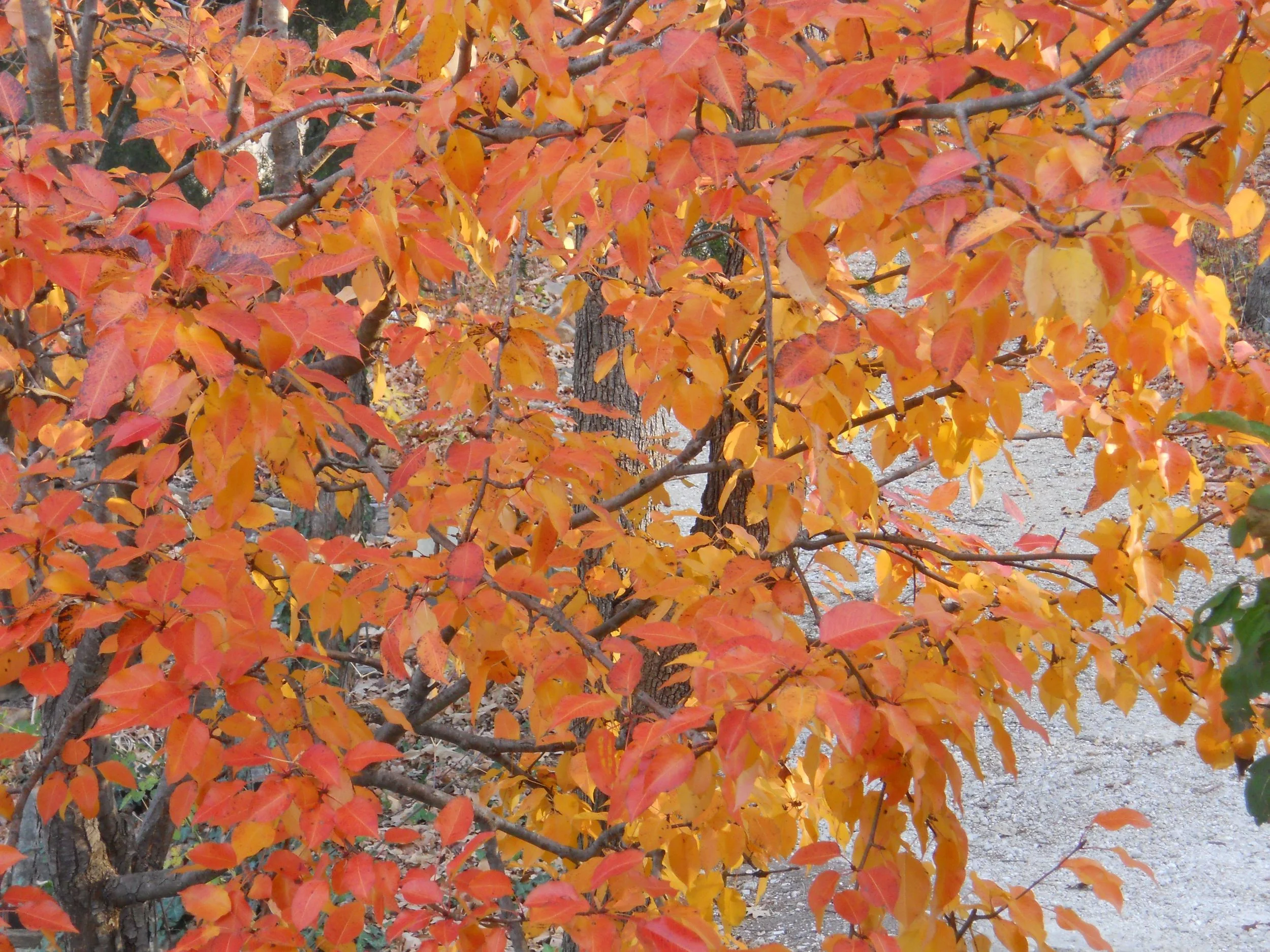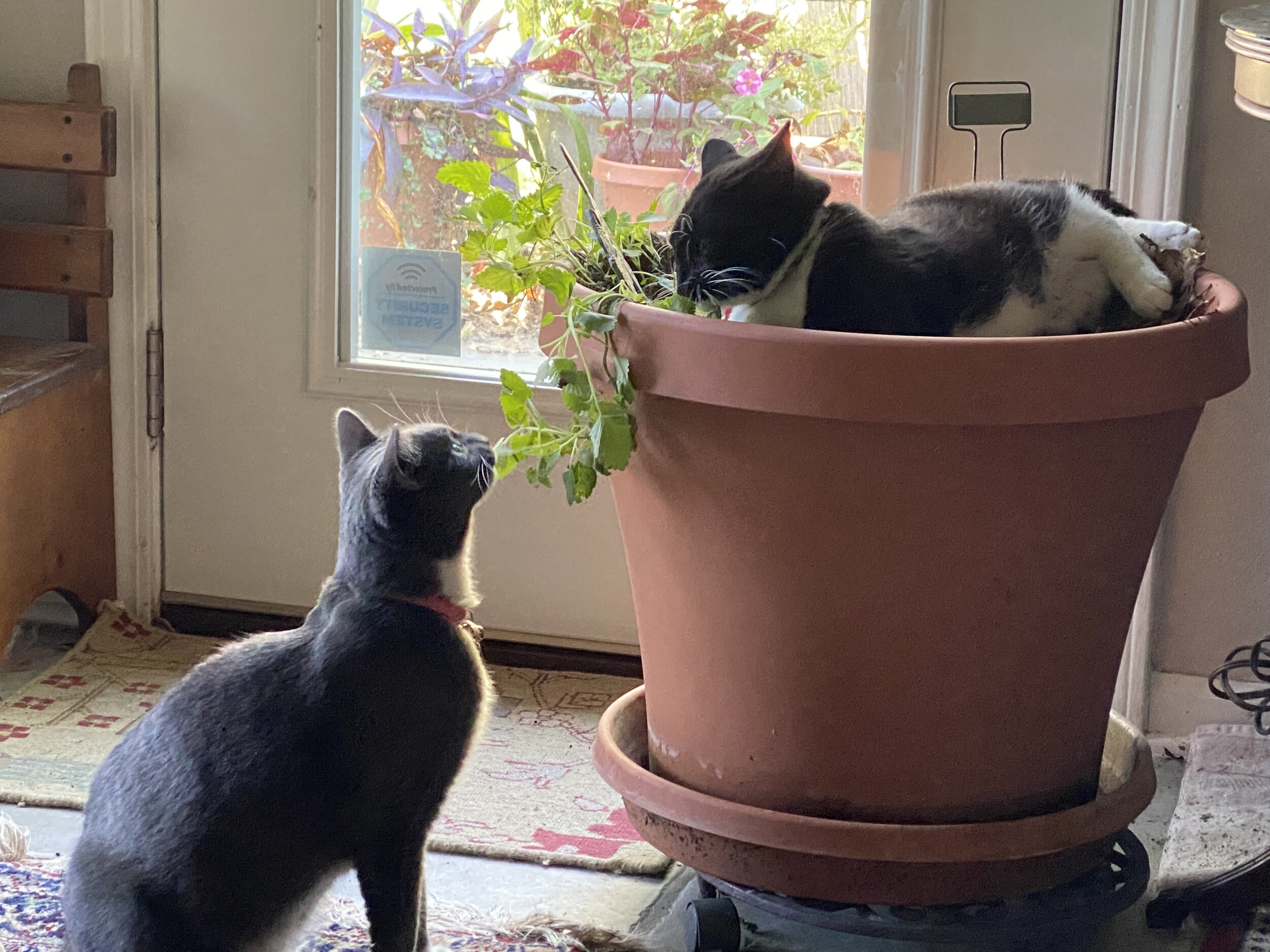October Gardening Jobs
/Time to bring in my favorite red begonias to winter over inside. (Charlotte Ekker Wiggins photo)
October Gardening Jobs
Out of the four seasons in my garden, this is the most challenging. I have to decide which plants come inside to winter over and which ones I have to leave. And I don’t like to leave any of them!
Our weather forecast for USDA Hardiness Zone 5 is calling for a frost early October and a hard frost mid-November. I’ve brought all of my tropical citrus inside so they can get acclimated to changed conditions before dry heat kicks on.
Some of the other good fall gardening tips this time of year include:
1. Pick herbs before they have flowered to capture the full flavor. Wait until after they have flowered and cut the new herb sprouts to dry for later use. Except for basil.
2. Besides harvesting, this is the time to freeze extras for later use.
3. Start pruning and checking for any hitchhikers on plants that are coming inside for winter. To cut down on leaf drop, bring plants in a month before turning on the heat, which is usually end of October for me.
4. For single plants in separate pots, consider combining them, watering well and then bringing them inside. Even if they only last for a couple of months, they will help to extend the growing season.
5. Water. Perennials, established trees, evergreens and azaleas need one inch of water a week. Water into the ground so the water hydrates plant roots. Keep watering until our first hard frost. For our part of the country, that usually around Halloween.
6. Stop fertilizing and pruning. Wait until January-February to prune after the plants are dormant and you can better see their form.
7. If you have trees with fungus or other issues, collect those leaves and burn or bury into the ground. I leave most of my leaves on flower beds except for diseased ones, don’t want to spread that fungus. Those I bury in the ground.
8.If you haven’t cleaned up flower beds of spent plants, here’s your last chance to gather seeds. Leave some for the birds, they will eat them over winter. Leave the rest to clean up in spring. By then, most of the greenery will have broken down and become part of the garden mulch.
9. Plant spring bulbs. Add a little bone meal at the bottom of the hole to slowly feed the bulbs. Plant bulbs close together if you don’t mind digging them up in a couple of years to separate. If you would rather not, give them more space in between. Mark where you planted them so you don’t dig them up next year when planting something else.
10. Leave the falling leaves where they are. If you are worried about your grass, run the mower over them. Leaves return Nitrogen to the soil and make a wonderful amendment to flower beds and help retain moisture.
11. Plant trees and bushes; make sure to water daily until frost.
And yes, my two young cats love their fresh catnip! (Charlotte Ekker Wiggins photo)
12. Even though the fresh catnip pot gets a lot of love, I still bring one in. Maybe I should consider growing catnip in a hanging basket.
13. Enjoy the beauty of fall as leaves turn, native plants bloom and temperatures turn crisp and cool.













